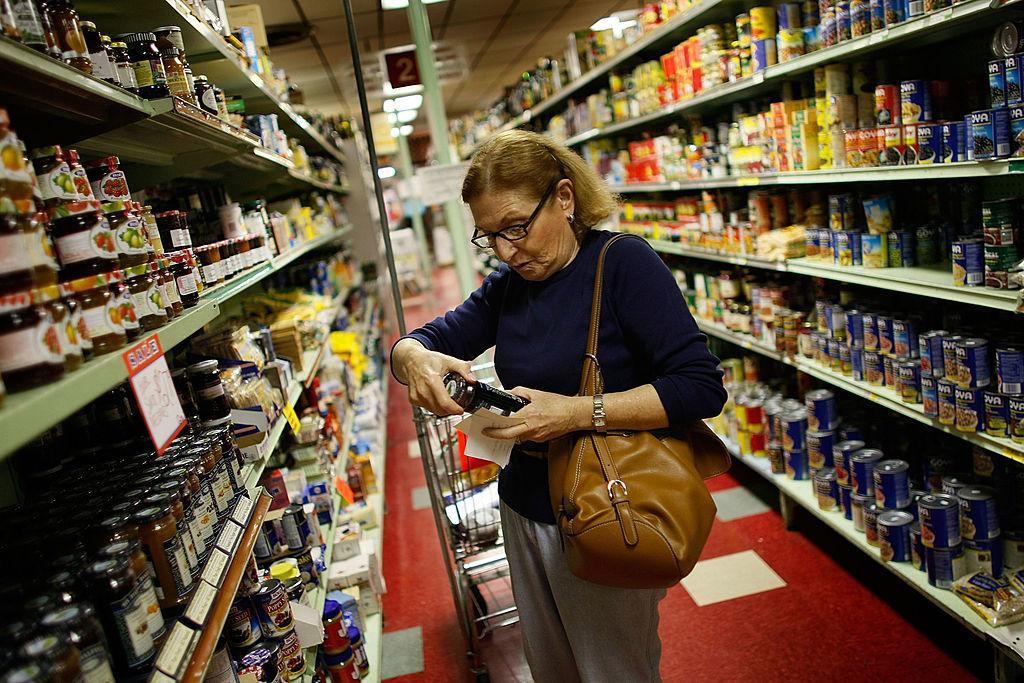Understanding Inflation — Causes and Different Types, Explained
Inflation has spiked globally over the last year. What causes inflation and what are the different types of inflation? Here's what we know.
Aug. 15 2022, Published 9:00 a.m. ET
Inflation, which is termed the worst form of taxation, hasn't dominated the popular discourse in the last four decades, but it has over the last year. What causes inflation and what are the different types of inflation?
U.S. inflation rose at an annualized pace of 8.5 percent in July, which was below the June reading of 9.1 percent. Regardless, inflation is running way above what the Federal Reserve is comfortable with and it's responding with the most aggressive rate hikes in history. The Fed has raised rates by 75 basis points each in June and July.
What is inflation?
Inflation in simple terms is the increase in prices of goods and services. The opposite of inflation is deflation, which happens when prices fall. For over a decade, central banks in the developed world were worried about stagnant inflation, which was bordering on deflation. However, the narrative has changed over the last year.
What causes inflation?
Inflation happens when prices increase. Every country has a different basket of goods and services to determine the inflation rate. Prices increase for multiple reasons. For example, companies raise prices to protect and increase their profit margins. At times, the price rise is due to a rise in input costs.
Thanks to the globalized world that we live in, developments in other countries also impact a country’s inflation. A stronger U.S. dollar is fueling inflation in many emerging countries. A demand-supply mismatch also fuels inflation as prices in any free market are a function of demand and supply.
There are different types of inflation based on the cause.
There are different ways in which inflation is characterized. Based on the cause, inflation is divided into three types:
- Cost-push inflation
- Demand-pull inflation
- Built-in inflation
In cost-push inflation, companies raise prices amid rising input costs. With the current inflation, the prices for most raw materials like metals, packaging material, and chemicals, as well as transportation costs have increased. Companies didn't have an option and had to increase prices.
The second type of inflation is demand-pull inflation. When the demand for any good is higher than the supply, prices rise. In 2021, most companies were supply constrained. Global supply chain issues hit production while demand rebounded from the pandemic lows.
The final type of inflation is built-in inflation. When prices start to rise in an economy, workers also demand higher wages. Higher wages increase the production costs for companies and they increase prices to protect margins, which impacts inflation.
The current inflation is caused by all three factors. There was a severe shortage of labor in the U.S. in 2021 and the wage growth was the strongest in decades. Companies competed for a small pool of workers and several companies increased their entry-level wages to attract more workers.
Inflation varies based on the calculation methodology.
Inflation also varies based on the calculation methodology. We have a CPI (consumer price inflation) that measures the price rise for the average consumer. Then we have the PPI (producer price inflation), which is the change in prices for selling prices for producers. Central banks especially look at core inflation, which doesn't account for the increase in food and fuel prices.
While excluding the volatile food and fuel price provides a better inflation view to Central Banks, for an average consumer, food and fuel prices are important. This especially holds for the low-income households, which tend to spend a large chunk of monthly income on food and fuel.


